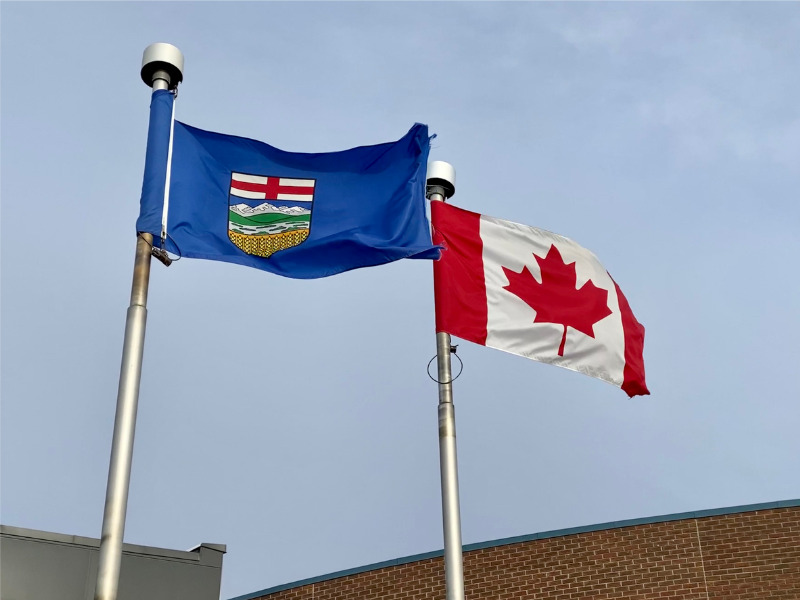Intact CEO’s take on fear of auto rate cap contagion

Intact CEO Charles Brindamour does not anticipate Alberta’s auto rate cap will bleed over into Ontario’s private auto insurance sector.
“There’s always a risk,” Brindamour told Mario Mendonca, managing director of equity research at TD Cowen, during a fireside chat held by TD Securities Wednesday. “But I think there’s Alberta and there’s the rest of Canada…
“Alberta’s primarily political at this stage. I don’t think there’s a big risk that this filters to other jurisdictions, it’s always there. It’s not one that keeps us up at night at the moment.”
In January 2024, Alberta’s government implemented a 3.7% cap on auto rate increases for “good” drivers, which the province says represents about 80% of its drivers. The government says good drivers are those who haven’t had any at-fault accidents in the last six years, any criminal code traffic convictions in the last four years, any major traffic convictions in the last three years, or more than one minor traffic conviction in the last three years.
Alberta’s cap follows from the province’s January 2023 pause on auto rate increases. Alberta has suggested this cap will be an interim solution until its third party consultant comes back with a full report on options for the province to keep its auto insurance costs down.
Related: Alberta latest rate cap is underway: but what’s next for reform?
Historically, Ontario has also implemented a freeze on auto insurance rate renewals, back in 2023. At the time, then-premier Dalton McGuinty’s Liberal government imposed a freeze on insurers filing for auto insurance rate increases in Ontario.
When introducing that rate freeze, then-Ontario MPP Mike Colle (Eglinton-Lawrence) observed auto insurance premium increases during that time had “ranged up in the vicinity of 20%,” he said. “This whole, challenging topic of auto insurance is not one that faces only Ontario. It faces all of Canada….As we speak, I know the Alberta Legislature is grappling with the same challenge, as are New Brunswick and Nova Scotia. Here in Ontario we are revisiting auto insurance.”
In 2003, federally regulated P&C auto insurers saw their auto loss ratios balloon to an average of 83% across the country.
By comparison, in 2022, auto loss ratios across the country hovered in the mid-60% range, as the Alberta Automobile Insurance Rate Board published in its 2023 market overview. Specifically, the private auto provinces’ loss ratios for 2022 broke down as follows: Ontario 69%, Alberta 63%, New Brunswick 63%, PEI 61%, Nova Scotia 66%, and Newfoundland and Labrador 58%.
Brindamour said in his remarks that 2024 is a very different environment than it was 20 years ago.
“Automobile insurance is not a top issue at the moment, as it was 20 or 22 years ago, when availability was an issue,” Brindamour said. “Affordability was also an issue across the land. It was a function of injury inflation, in a way, because of personal injury. The legal community [was] really getting involved in these claims. This is a very different landscape from that time, and reforms over the last 20 years have taken place.”
Nowadays, Brindamour added, the public has a better understanding of what causes claims inflation. They know better the risks attached to personal injury, and that liability coverage is in part a “government construct,” not just purely set by insurance companies.
Secondly, he said, auto insurers’ net promoter scores in 2023 show broad customer satisfaction “across the board.” This includes customers’ rating of insurers on their handling of purchase transactions or claims. “These are in a pretty good zone,” Brindamour said.
Feature image by iStock.com/Marvin Samuel Tolentino Pineda







